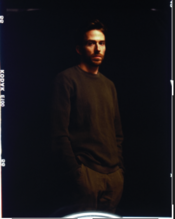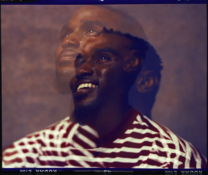notoriousLT
Member
So it seems everyone's consensus is that this kit is just ok or just completely unusable. I'm wondering if anyone's ever gotten actual good result with it and why(what did you do differently to get good results if you can)? I'm especially curious about their T6 Tungsten developer which sounds prefect for my studio use to save me some stops, but don't see much of anything on it outside of their official site.
I will be getting one of each to test and I'm gonna get a Bellini kit to compare them against (which seems to be the one I'll be using mainly anyways), also will taking a 35 roll and just cutting parts off after exposure to test be alright? Might try using just their developer with a different full kit too, just to see results.
I will be getting one of each to test and I'm gonna get a Bellini kit to compare them against (which seems to be the one I'll be using mainly anyways), also will taking a 35 roll and just cutting parts off after exposure to test be alright? Might try using just their developer with a different full kit too, just to see results.
Last edited:
















 from what I have learned from Stefan Lange, a guy who reverse engineered the E6 formulas here
from what I have learned from Stefan Lange, a guy who reverse engineered the E6 formulas here 